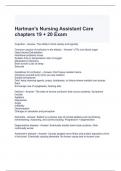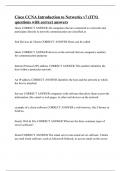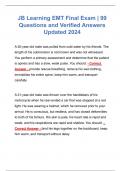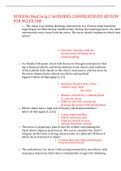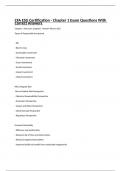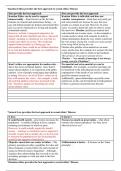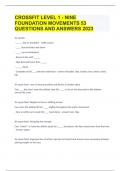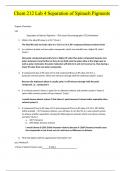Resume
Samenvatting Slides en Lesnotities Bankmanagement (F710402B;Ugent;2023)
- Établissement
- Universiteit Gent (UGent)
Dit document is een samenvatting van de slides en (heel weinig, want niet echt nodig) lesnotities bij het vak Bankmanagement, gegeven door M. Lamers. De samenvatting is in het Engels. Voor de recap-les werden enkel de extra dia's toegevoegd, pure herhaling is weggelaten. Gast-college niet inbegrepe...
[Montrer plus]




